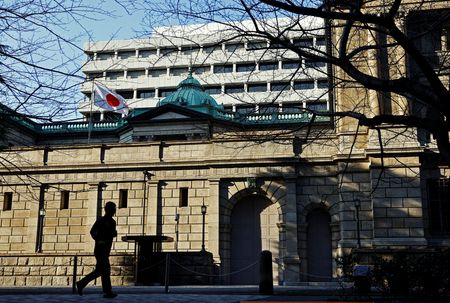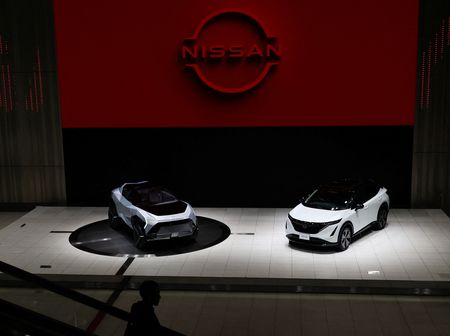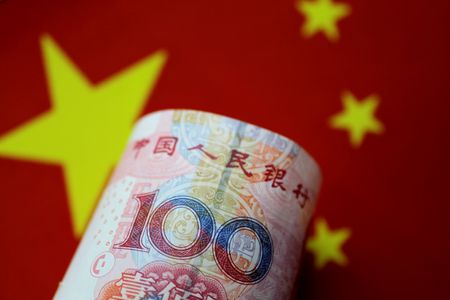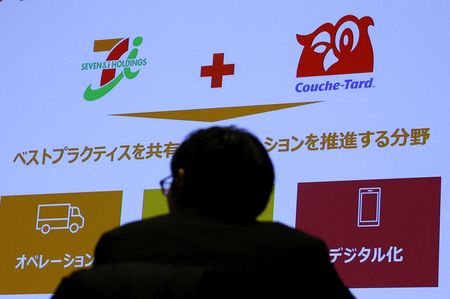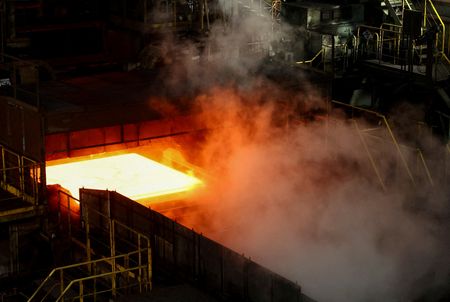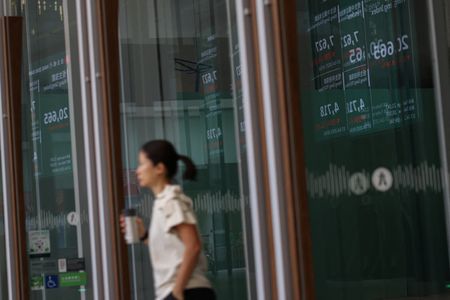By Satoshi Sugiyama
TOKYO (Reuters) – The Bank of Japan will hike interest rates only once more this year, most likely during the third quarter to 0.75%, according to a majority of economists in a Reuters poll published on Thursday.
The survey also showed analysts’ median prediction for the rate of pay increases in wage talks this year is 5%, close to last year’s 33-year-high, an encouraging sign for the BOJ to continue raising interest rates.
It would leave the BOJ as a rare global outlier pushing for higher rates, albeit from a very low level, even as other major central banks cut rates to shore up their economies as concerns mount over U.S. President Donald Trump’s tariff policies.
All 61 economists in the February 12-18 poll expected borrowing costs to remain unchanged in the March 18-19 meeting and only a small minority, 19 of 61, saw at least one 25-basis-point hike to 0.75% next quarter.
Over 65% of respondents, 38 of 58, predicted a rate hike to 0.75% in July or September.
The Japanese swap market is pricing in another 35 basis points of rate hikes through to the end of the year, or a 69% chance of two further 25-basis point increases.
“It will be necessary (for the BOJ) to confirm the rate of pay rises in this year’s wage talks and the extent to which they have spread to small and medium-sized firms, as well as to examine the January interest rate hike’s impact,” said Junki Iwahashi, senior economist at Sumitomo Mitsui Trust Bank.
In a smaller sample of 39 analysts who predicted a hike for a specific month, 59%, or 23, picked July. Another 15%, six, chose June while five each selected April and September.
The median prediction for the end-year rate was 0.75% and end-March 2026 was 1.00%, the poll showed.
In January the BOJ raised its short-term interest rate to 0.50% from 0.25%, the highest since the 2008 global financial crisis, reflecting its conviction Japan was making progress in sustainably achieving its 2.0% inflation target.
A BOJ board member said on Wednesday the central bank must increase borrowing costs more as keeping them at current low levels could cause excessive risk-taking and cause an inflation spike.
July appears to be a likely timing for the next rate hike since it’s a six-month gap from the January meeting, and it would also be after the Upper House election, said Masato Koike, senior economist at Sompo Institute Plus.
Separately, the median of 28 economists who offered their view on the rate of pay increases at this year’s spring labour-management negotiations was 5%, up from 4.75% in a poll last month. It was the first time that the poll median touched 5% for wage increases.
“It is expected that high-level wage increases will be made to retain workers due to a shortage of manpower and prolonged inflation,” said Kyohei Morita, chief economist at Nomura Securities.
However, Morita flagged the necessity to be mindful of the sustainability of wage increases, as there are smaller firms that raise pay despite no improvement in profitability.
When asked what should be the BOJ’s terminal rate, 33 economists gave a median forecast of 1.00%, a view unchanged from a November poll. Forecasts ranged between 0.75% and 2.00%.
(Other stories from the Reuters global economic poll)
(Reporting by Satoshi Sugiyama; Additional reporting by Junko Fujita; Polling by Vijayalakshmi Srinivasan and Anant Chandak in Bengaluru; Editing by Vivek Mishra, Jonathan Cable; Editing by Shri Navaratnam)

